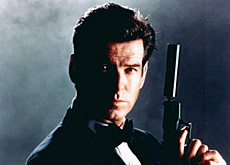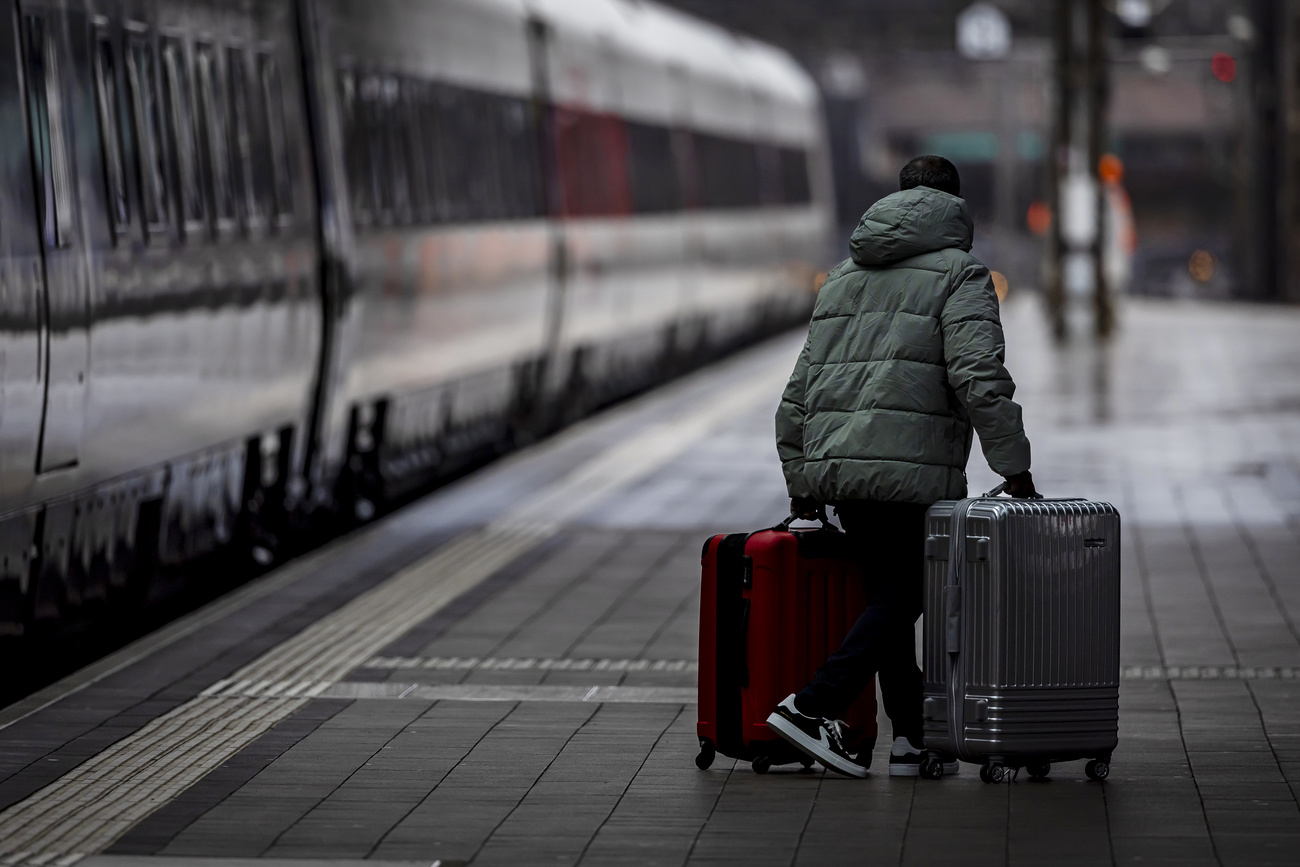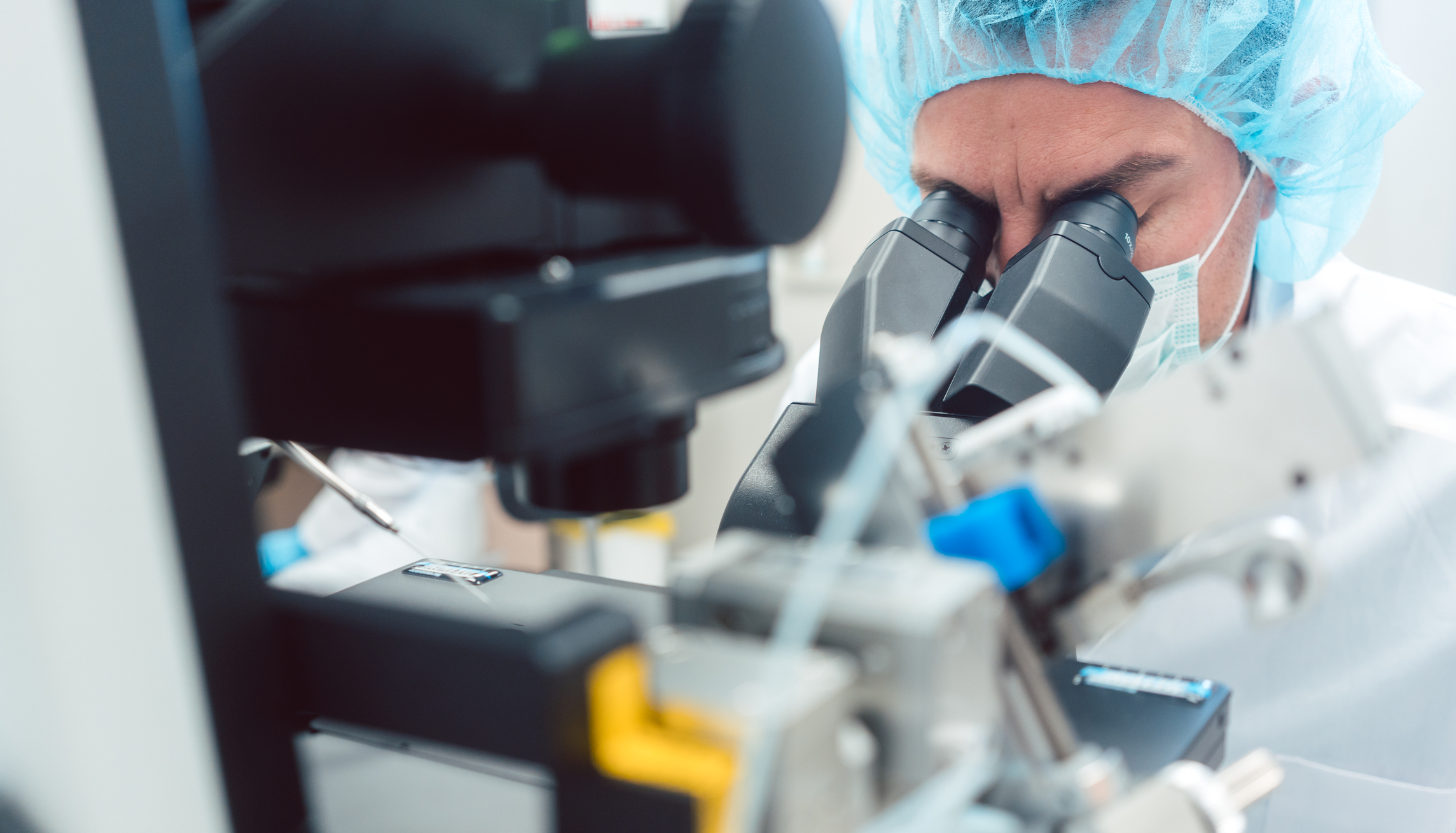So we meet again, Mr Bond!

He is the most quintessential of British spies, but few people know that James Bond is actually half-Swiss.
And as a look back at 40 years of 007 reveals, the “Swiss connection” extends beyond mere family ties.
The latest in a long line of Bond films, “Die Another Day”, opened on Thursday in German-speaking Switzerland.
For members of Switzerland’s James Bond fan club, the event marks yet another high-octane rendezvous with the suave and sophisticated “Swiss” superspy.
In the novels of Ian Fleming, Bond’s father, Andrew Bond, was Scottish, while his mother, Monique Delacroix, came from canton Vaud.
“I don’t know if many Bond fans know that James Bond is actually half-Swiss from his mother’s side,” Andy Schwab, a member of the Swiss James Bond club, told swissinfo.
“But I think the strongest link between Switzerland and Bond is the locations, and the top location for many Bond fans is the Piz Gloria in the Bernese Oberland.”
Out of the 20 Bond films made to date, Switzerland has been used as a location seven times in three films.
The most famous of all has to be the Schilthorn mountain in the Bernese Oberland, which was used in the sixth Bond film, “On Her Majesty’s Secret Service”, in which 007 was played for the one and only time by the Australian actor, George Lazenby.
In 1968, the film-producers chose the location and renamed the summit Piz Gloria – the secret lair of Bond’s arch-enemy Ernst Blofeld.
The villain’s plans to unleash biological warfare on the world are foiled during an exciting final sequence when the Piz Gloria – or at least a model of it – is blown up.
Luck
As Beatrice Dolder from the Schilthorn railway explains, the mountain’s role in the film came about purely by chance.
“It was planned to construct a revolving restaurant and they had just started to build it but hadn’t finished it yet,” explains Dolder.
“Actually the company ran out of money so it was really lucky that the film-producers came along.
“The deal was that the company could do all the shooting during the winter, with exclusive use of the mountain, and when they finished they had to construct the restaurant.”
The Schilthorn has now turned itself into a kind of “Bond experience”, attracting fans from all over the world. There is even a small cinema where clips from the film are shown.
“You go first into the restaurant and then you can see the movie. It’s the same place where James Bond was sitting so it’s very attractive,” says Dolder.
“On the menu we have some James Bond specialities, and we do serve a nice James Bond breakfast with a glass of champagne.”
It goes without saying that 007’s favourite tipple – vodka martini, shaken not stirred – is on offer in the specially-themed James Bond Bar.
Death-defying jump
In 1995, the Verzasca Dam near Locarno was used for the death-defying opening sequence of “GoldenEye”, in which Pierce Brosnan’s Bond bungee-jumps some 220 metres.
It took two weeks for the stuntman to build up the courage for the record-breaking leap. Now brave tourists are also offered the chance to repeat the feat.
Aside from locations, Switzerland has other firm ties with the man who is licensed to kill.
Ursula Andress, who caused a sensation when she emerged bikini-clad from the sea during the first Bond film, Dr No, comes from Bern.
Her bikini was later auctioned in London for almost SFr100,000 ($67,000), making it the most expensive piece of swimwear ever.
Roger Moore, who replaced Sean Connery as Bond in 1972 and went on to make seven films, lives in Crans Montana in canton Valais and has a chalet in the alpine resort of Gstaad.
swissinfo, Isobel Johnson
James Bond’s mother was actually Swiss and Bond went to Geneva University.
Seven Swiss locations have been used in three Bond films.
The most famous locations are the Piz Gloria in the Bernese Oberland and the Verzasca Dam near Locarno.
A Swiss factory at Stans near Lucerne was featured in “Goldfinger”.

In compliance with the JTI standards
More: SWI swissinfo.ch certified by the Journalism Trust Initiative








You can find an overview of ongoing debates with our journalists here . Please join us!
If you want to start a conversation about a topic raised in this article or want to report factual errors, email us at english@swissinfo.ch.